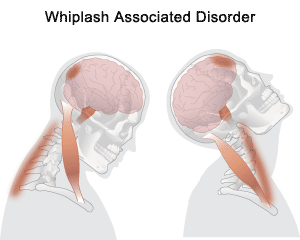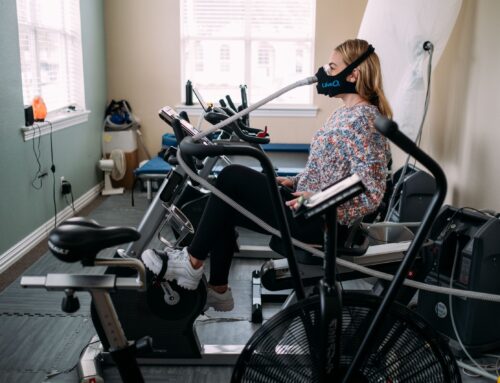Whiplash and Chiropractic
Whiplash is a common term for an injury to the neck and head that is caused by rapid acceleration or deceleration of the head relative to the body. The neck muscles are overpowered by the mass of the head moving or stopping very quickly and injury occurs. It is commonly called ‘whiplash’ because the most common mechanism of injury is during an auto accident where the sudden stop sends the head into extension and then hyper-flexion, or the exact opposite, flexion and then hyper-extension. 82% of patients will have an altered cervical curve following a motor vehicle accident. This structural and functional change in and of itself can make it a sneaky injury, often showing up weeks after the accident. This injury can be difficult for the patient due to the time it takes to recover and can be compounded by a clinician who tries to treat it with a standard neck pain protocol.
What are the symptoms of whiplash?
Symptoms of whiplash may be delayed for 24 hours or more after the initial trauma. However, people who experience whiplash may develop one or more of the following symptoms, usually within the first few days after the injury:
- Neck pain and stiffness
- Headaches
- Pain in the shoulder or between the shoulder blades
- Lower back pain
- Pain or numbness in the arm and/or hand
- Dizziness
- Ringing in the ears or blurred vision
- Difficulty concentrating or remembering
- Irritability, sleep disturbances, fatigue
Whiplash Treatment Facts
- Up to 93% of chronic whiplash cases see improvement with chiropractic care.
- Up to 43% of patients will suffer long-term symptoms and if there are symptoms 3 months after treatment begins, there is a 90% chance those symptoms will become chronic.
- The first 3 months are the most critical to influence the long-term outlook of whiplash so it is important to get it treated early.
Whiplash is classified according to the extent of the injury and is called Whiplash Associated Disorder (WAD)
WAD 1:
- Neck pain or stiffness
- No physical signs are found on examination (normal range of motion, no swelling, normal strength, etc.)
- Minor to no interference with normal daily activities
WAD 2 (Most Common):
- Neck pain or stiffness
- Physical signs found (decreased range of motion, swelling, muscle spasms, muscle weakness, etc.)
- Moderate to a substantial interference with normal daily activities
WAD 3:
- Neck pain or stiffness
- Physical signs are found with nerve involvement (reduced sensation, absent reflexes, weakness, shooting pains, etc.)
- Substantial interference with normal daily activities
WAD 4:
- Neck pain or stiffness
- Serious structural issues such as fractured or dislocated vertebrae
- Immediate surgical consultation recommended addressing the likelihood of instability of the neck
What should I do if I suspect whiplash due to an auto accident?
The first thing you should do is rule out life-threatening injuries. Emergency medical personnel will be able to assess and treat for injuries that require immediate and potentially dangerous conditions like broken bones, dislocations, or damage to internal organs. Once you have ruled out any immediate life-threatening conditions, make an appointment with your chiropractor for a proper examination of the spine.
A chiropractor can help evaluate the spine, nerves, and muscles surrounding the injury and correct any misalignment caused by the whiplash, which is often the primary cause of pain. Chiropractic care has been shown to significantly help acute WAD 1 and WAD 2 cases and is the only proven treatment for chronic cases.
Whiplash Recovery
Recovery time depends on how serious your whiplash is with some evidence averaging the recovery time for a whiplash injury at about 32 days. About 12% do not recover after 6 months. Research shows that the sooner you begin treatment appropriate for the grade of your WAD, the higher your chances of a quicker and less painful recovery. But remember that every injury is different and everyone heals at different rates based on lifestyle and health, so it is important to remain patient while undergoing care.
Do not try to return to your previous level of physical activity until you can:
- Look over both shoulders without pain or stiffness.
- Rock your head all the way forward and all the way back without pain or stiffness.
- Rock your head from side to side without pain or stiffness.
If you start pushing yourself before your neck strain is healed, you could end up with chronic neck pain and permanent injury. In fact, if you still have those symptoms and are not undergoing care, it may be a good idea to contact a qualified professional.
Don’t rush stretching and exercises without supervision as it can aggravate your injury and potentially make it worse over the long-term. At the right time chiropractic adjustments, stretching/strengthening exercises, workstation ergonomics, home care activities, and the proper advice can make your recovery quicker and more thorough.




